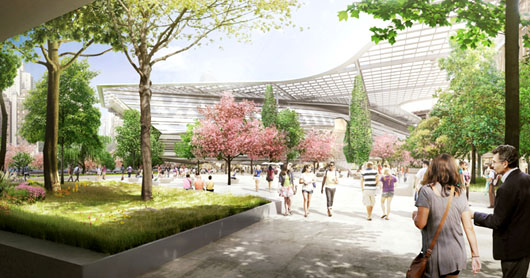When rainwater is collected and stored into natural reservoirs or tanks in order to use the same for drinking, gardening or irrigation, then the technique is called 'rainwater harvesting'. One method is rooftop harvesting where rainwater is stored using tiles, plastics or metal sheets on the top roof of the building. This rainwater can provide households with drinking water and year-round storage. Rainwater harvesting is, therefore, the accumulation and storage of rainwater for reuse on-site, rather than allowing it to run off. Here are few advantages of Rainwater Harvesting:
Rainwater harvesting reduces the dependency on ground water, hence potable water is available even adverse situations like during droughts, floods, etc..
Rainwater harvesting can be particularly beneficial in those areas where the groundwater is contaminated with chemicals like pesticides, fluoride, or cancer causing compounds etc.
Rainwater harvesting techniques are easy to implement, easy to construct and maintain, and the also less investment is required.
Areas where the groundwater levels have gone down, rainwater harvesting can be an effective solution. With rainwater harvesting, one can quickly and easily reduce water consumption and become more efficient. By harvesting rainwater, you can cover up to 50% of a family’s typical household water usage – this translates into savings on bills whilst helping the environment.
Rainwater harvesting also reduces soil erosion conserves groundwater.
Rainwater harvesting reduces the dependency on ground water, hence potable water is available even adverse situations like during droughts, floods, etc..
Rainwater harvesting can be particularly beneficial in those areas where the groundwater is contaminated with chemicals like pesticides, fluoride, or cancer causing compounds etc.
Rainwater harvesting techniques are easy to implement, easy to construct and maintain, and the also less investment is required.
Areas where the groundwater levels have gone down, rainwater harvesting can be an effective solution. With rainwater harvesting, one can quickly and easily reduce water consumption and become more efficient. By harvesting rainwater, you can cover up to 50% of a family’s typical household water usage – this translates into savings on bills whilst helping the environment.
Rainwater harvesting also reduces soil erosion conserves groundwater.



